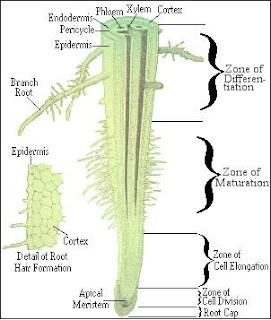KOMPAS.com - Spesies burung bulbul berkepala botak di daratan Asia untuk pertama kalinya ditemukan lagi di Laos setelah tak pernah kelihatan lagi selama sekitar 100 tahun. Nama latin spesies itu adalah Pycnonotus hualon.
Quentin Wheeler dari International Institute for Species Exploration, Arizona state University melaporkan penemuan ini. Spesies bulbul Asia ini memiliki karakteristik yang khas. Kepalanya botak dengan detail bulu dan warna yang unik. Kicauan dan lengkingan pada setiap lagu yang dikicaukan juga berbeda dengan bulbul lain.
Nama spesies ini diambil dari kata dalam bahasa Lao, hualon yang berarti "kepala botak". Spesies ini ditemukan oleh ilmuwan dari Universitas Melbourne dan Wildlife Conservation Society belum lama ini.
Bulbul Asia ini selama lebih dari 100 tahun telah dideskripsikan keberadaannya di kawasan pegunungan kapur Laos. Upaya penemuan burung di Laos ini dimulai kembali tahun 1990-an setelah 40 tahun mengalami kevakuman dan baru sekarang mendapatkan hasil. Burung tersebut sudah sangat langka dan terancam punah.
Bald Head Nightingale Appears Again
KOMPAS.com - bald-headed nightingale species in mainland Asia for the first time found again in Laos after was never seen again for about 100 years. Latin names of species that are Pycnonotus hualon.
Quentin Wheeler of the International Institute for Species Exploration, Arizona State University reported the discovery of this. Asian bulbul species has distinct characteristics. His head was bald with feather details and colors are unique. Chirp and wail on each song that dikicaukan also different from another nightingale.
The name of this species taken from the words in the Lao language, hualon which means "bald head". The species was discovered by scientists from the University of Melbourne and the Wildlife Conservation Society recently.
Bulbul Asia for more than 100 years have described its presence in the area of limestone mountains of Laos. Efforts bird discovery in Laos was started back in the 1990s after 40 years have a vacuum and only now getting results. Bird has been very rare and endangered species.




Comments
Post a Comment
Isi Komentar kamu untuk Posting ini!!